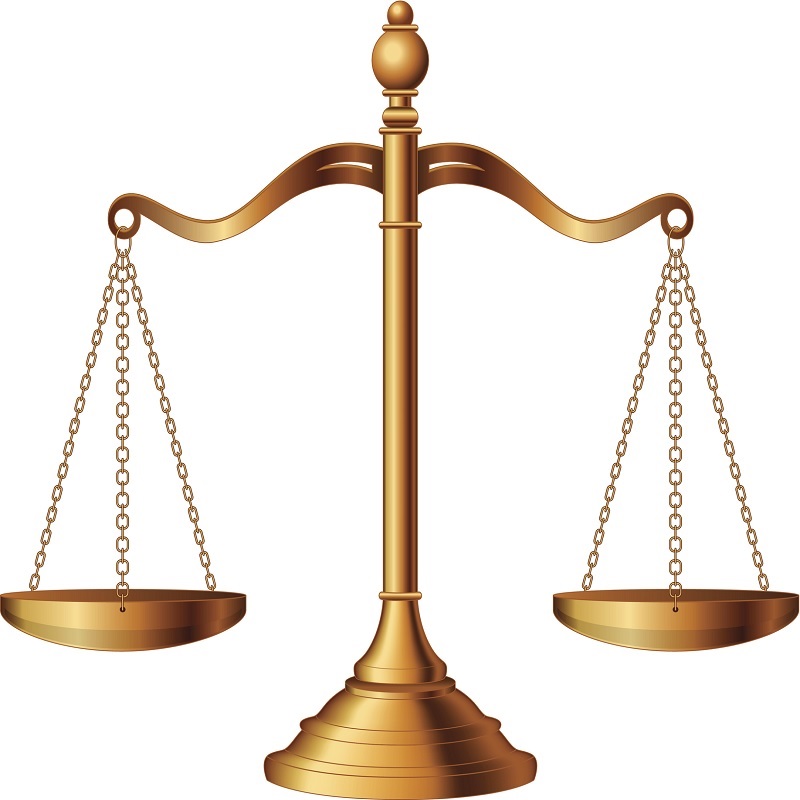The challenge of protecting research integrity has never been greater. Find out about predatory journals and how to avoid them.

The challenge of protecting integrity has never been greater. The scientific enterprise is threatened by fake papers from so called 'papermills', fabricated data, fake authors and reviewers… the list is ever growing. Perhaps the biggest threat are predatory journals.
What is a predatory journal?
A consensus definition has been put forward by Grudniewicz et al, 2019:
“Predatory journals and publishers are entities that prioritize self-interest at the expense of scholarship and are characterized by false or misleading information, deviation from best editorial and publication practices, a lack of transparency, and/or the use of aggressive and indiscriminate solicitation practices.”
How do you spot a predatory journal?
It is not easy - a recent report by the InterAcademy Partnership (IAP) identifies a spectrum of markers (see below). They range from fraudulent (journals that will publish without scrutiny for a fee) to low quality (poor peer review and poor editorial practice).

Image credit: Combatting Predatory Academic Journals and Conferences, IAP, March 2022, CC-BY.
Reputable journals will provide clear details about their peer review process, including timings, as well as information about open access fees. The websites of predatory journals will try to mimic high quality journals. Common markers to spot predatory journals include no detail of the peer review process, unclear fees, no or fake editorial boards and lies about indexing. More help on this later.
Why are they proliferating?
A 2022 report puts the number at over 15,000, with three main root causes accounting for the growth of predatory journals:
1. The ‘publish or perish’ research culture
The term isn’t new. The need to publish to help develop a career in academia continues to be essential. However, getting published in a reputable journal is not easy due to high levels of scrutiny, a rigorous peer review process and low acceptance rates. For many researchers (particularly from developing countries), the likelihood of rejection encourages the researcher to look elsewhere. Predatory journals target vulnerable researchers, spamming them with messages of easy publication, often using fake credentials.
2. Commercialisation of the scholarly enterprise
Like publish or perish, commercialisation of scholarly publication is not new. However, the positive drive towards open access has resulted in a pay to publish model which predatory publishers can easily exploit.
3. Lack of transparency in peer review
The traditional ‘closed’ model of peer review where the fate of a paper is decided by a few people in secret can be easily exploited. With correspondence and peer review reports not made public how does the reader know if peer review has taken place or not? In many cases they take it on trust based on the brand of the academy, publisher or journal.
How to avoid being prey?
Over recent years there have been initiatives (such as Think. Check. Submit.) to help researchers find reputable journals and avoid being prey. However, it’s not clear that these are filtering through to enough researchers.
On a basic level, it is important to submit to a reputable publisher like the Royal Society. However, this is too simplistic. Much of our published work is aimed at a broad global audience, although we do encourage quality submissions from anywhere in the world. What if you have done excellent work that is only applicable to a small local audience or covers very specialised subject matter? I am confident there is a reputable journal in your field who will publish your work, but how do you find it?
Here are our top tips:
• Is the publisher’s name clearly displayed on the journal website?
• Is the publisher a member of an international publishing integrity organisation such as the Committee for Publication Ethics and if open access a member of Open Access Scholarly Publishers’ Association (OASPA)? If open access, is the journal listed in the Directory of Open Access Journals (DOAJ)?
• Does the website explain how papers are assessed? I.e., sent out for review to independent experts – increasingly legitimate journals are publishing referee reports to improve transparency.
• Has the journal got a registered ISSN? Check here.
• Will your work be indexed/archived in a reputable database? If it claims to be indexed in a specific database, it is important to check that this is true.
• Does the publisher ensure long term archiving and preservation of digital publications?
Visit our early career researchers resource hub for more information on choosing the right journal for your research.




